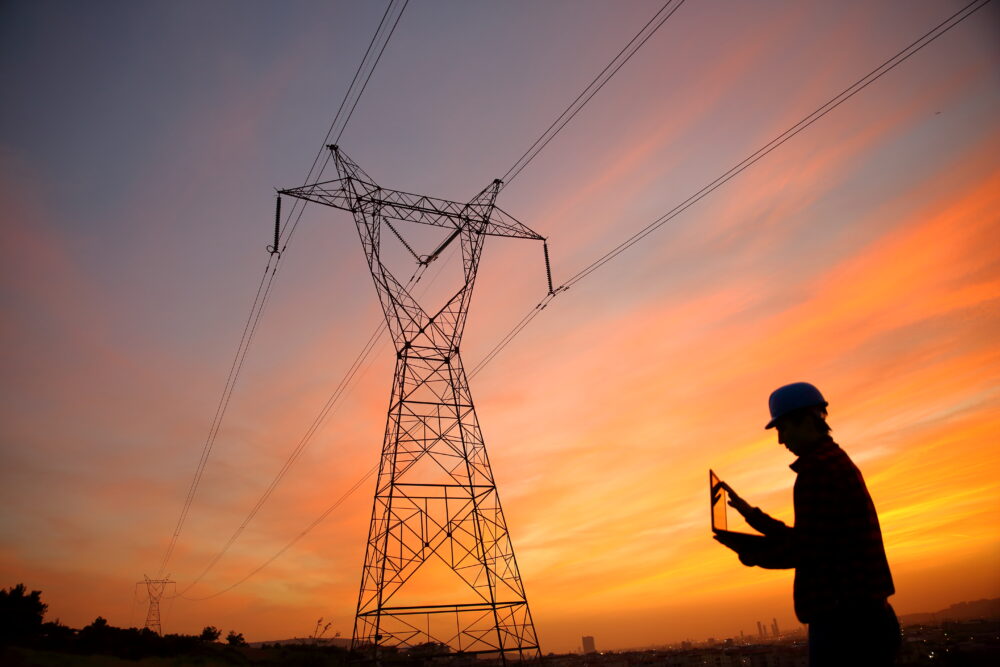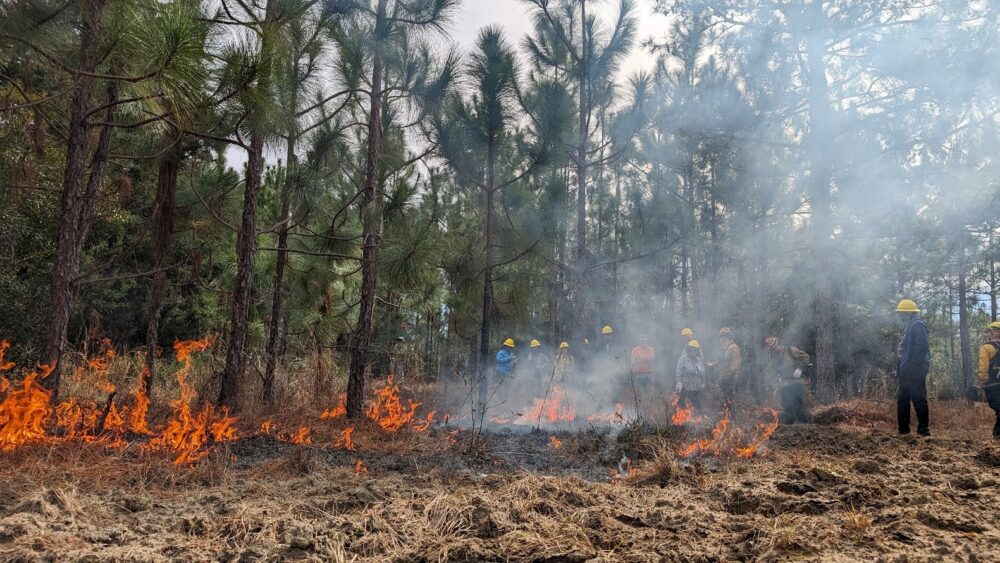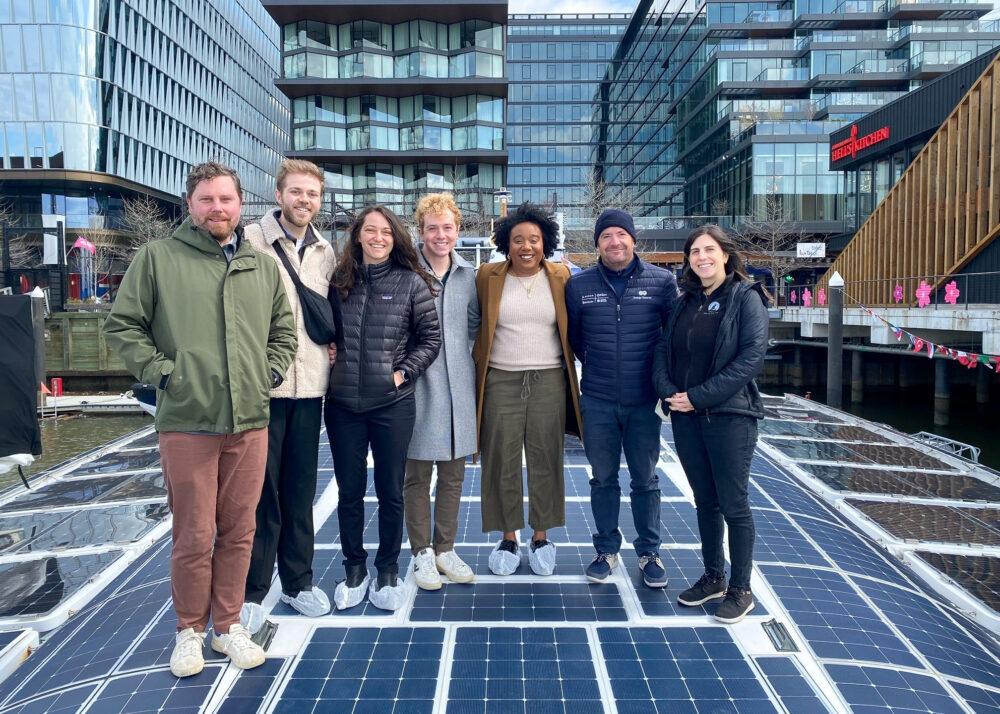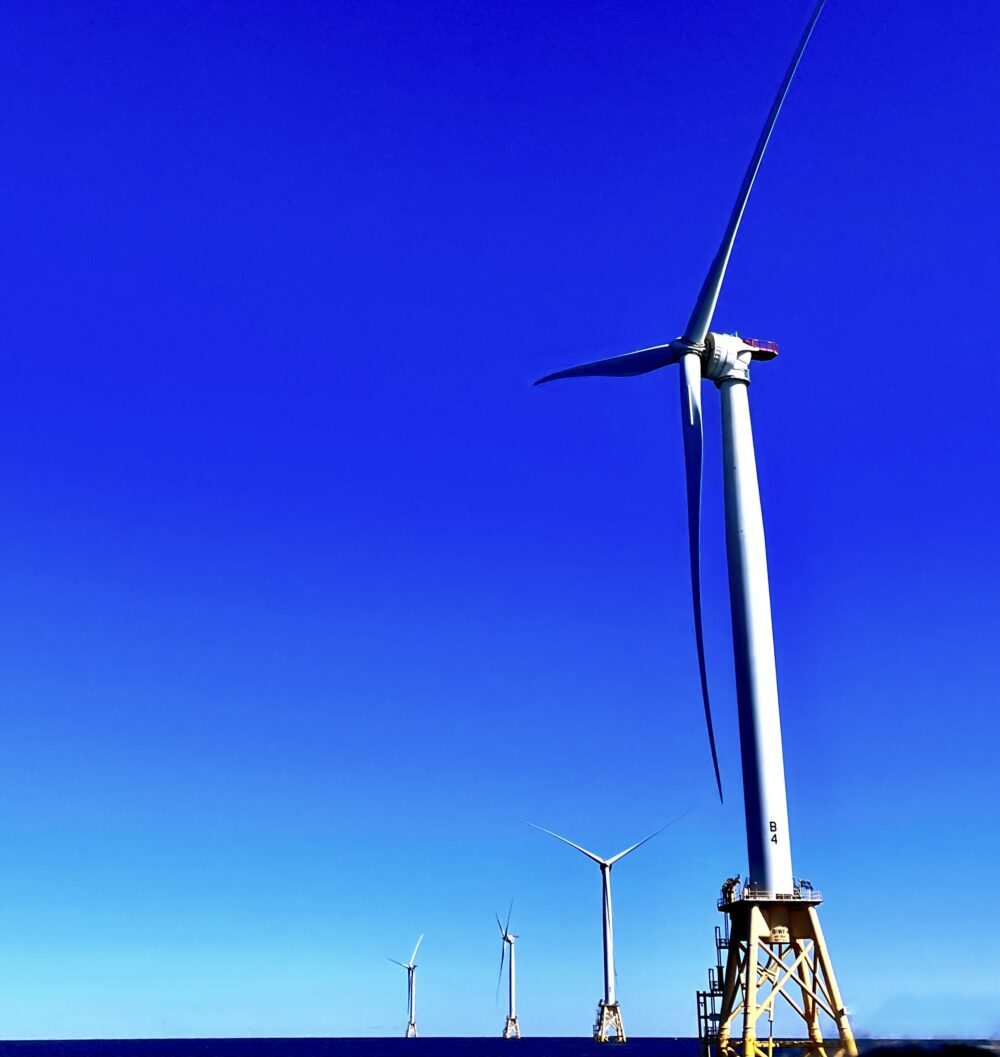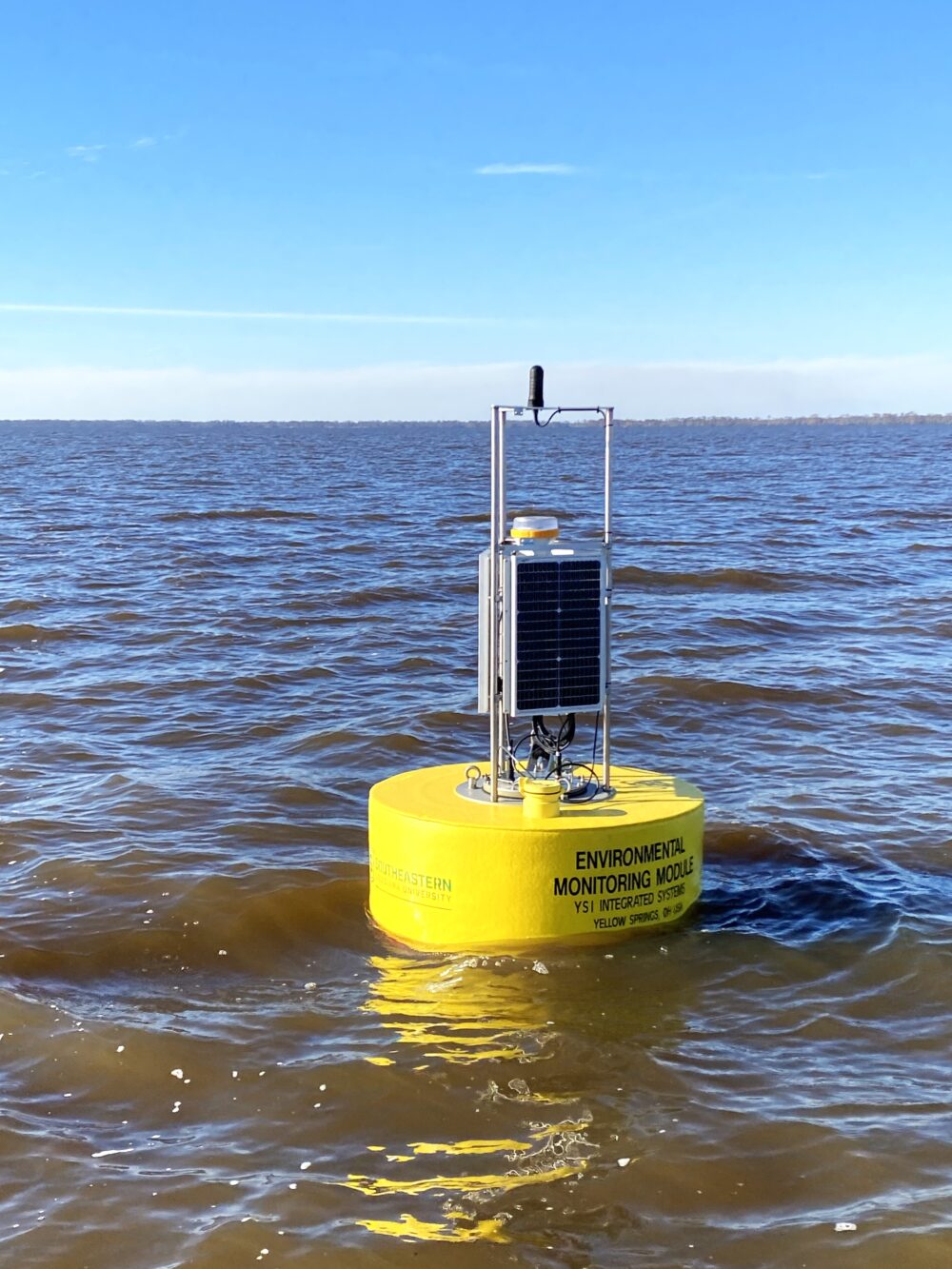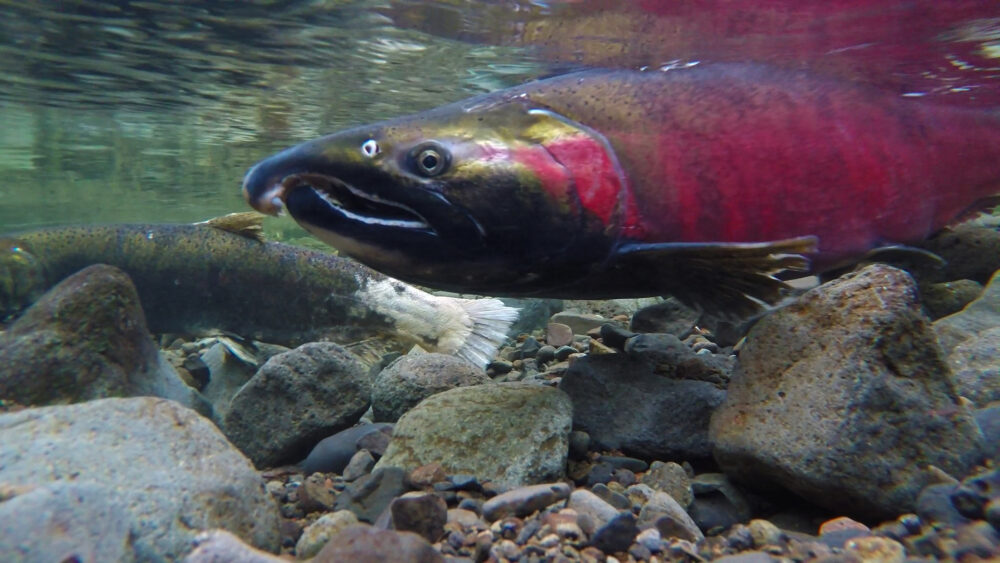We have much more to do and your continued support is needed now more than ever.
4 Things You Need to Know About the Clean Power Plan
After hearing about the new Clean Power Plan – which sets the first ever controls on power plants, the largest source of U.S. greenhouse gas emissions – you’re probably wondering: What should I know about this historic step to protect wildlife and people? To help, here are four key features of the Clean Power Plan:
1. EPA Listened to Supporters of Wildlife
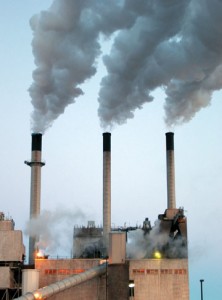
- It achieves more overall carbon pollution reduction than the proposed plan: 32% by 2030 instead of 30%.
- It will spur more renewable development: in 28% of our electricity coming from sources like solar and wind by 2030 instead of 22%.
- States have more time and flexibility to comply, with compliance starting in 2022.
- New standards are fairer than the old standards, ensuring that similar power plants are treated alike.
2.Two Supreme Court Decisions Support the Clean Power Plan

The Clean Power Plan, like the rest of the Clean Air Act, relies on a cooperative, flexible relationship between states and the federal government. Carbon reductions from the CPP will be equivalent to taking 70% of all U.S. cars off the road.
3. The Plan Contains Three “Building Blocks”
To set the targets for carbon reductions for states, EPA first looked at three regions – the Eastern Interconnection, Western Interconnection and Electric Reliability Council of Texas. Then, for each region, EPA relied on three building blocks to determine the performance rates:
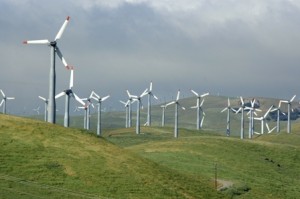
(2) Shifting to increased reliance from dirtier coal plants to cleaner natural gas plants. This block assumes an increased use of existing natural gas plants to 75% of net summer generating capacity.
(3) Promoting increased use of non-emitting renewable energy sources. This block looks to historical renewable energy deployment from 2010-2014 to determine achievable reductions in the future.
While the final rule, unlike the proposed rule, does not include a building block based for energy efficiency gains, it does encourage states to use energy efficiency as a compliance mechanism.
4. States May Use Trading and Renewable Energy Incentives
The Clean Power Plan gives states an enormous amount of flexibility to achieve compliance. States may choose between two types of plans set up under rate based (pounds of carbon per megawatt hour) or mass based targets (total tons of carbon emitted by the state). States may also choose to place compliance requirements directly on coal and gas plants, or have a mix of measures that also apply to other entities, such as other industries.

The plan also includes a Clean Energy Incentive Plan that awards states with credits for investing in renewable energy and energy efficiency for low-income costumers before the compliance period begins (2020-21). These credits can be traded as well.
States must submit a final plan for implementation by September 6, 2016 or the EPA will step in and issue a federal plan for the state. Thanks to the Clean Power Plan, in a mere decade and a half, renewable energy generation will surpass coal generation putting us firmly on the path to a renewable, clean energy future.
And that is something lovers of wildlife can celebrate. To learn more facts, check out NWF’s Clean Power Plan fact sheet.
![]() Urge Congress to stand strong for wildlife and climate action!
Urge Congress to stand strong for wildlife and climate action!



